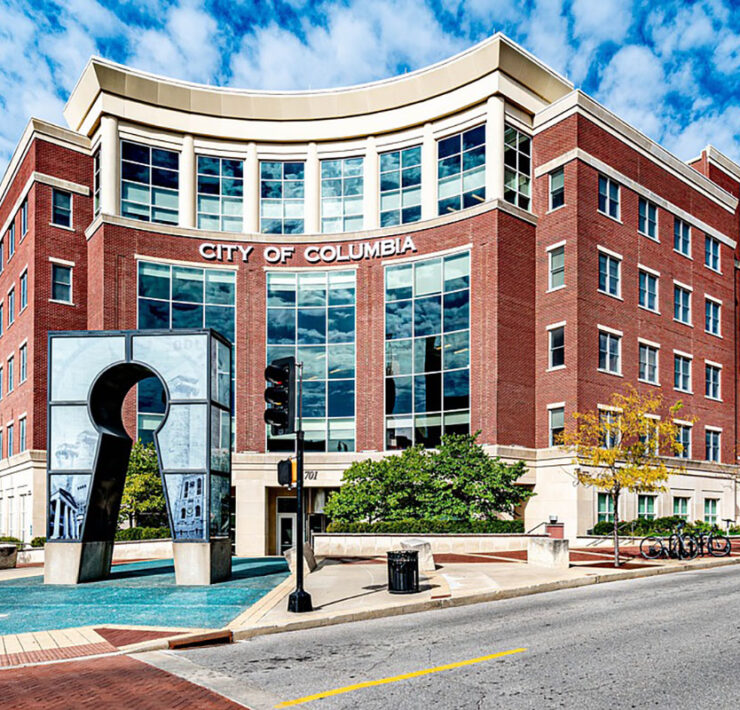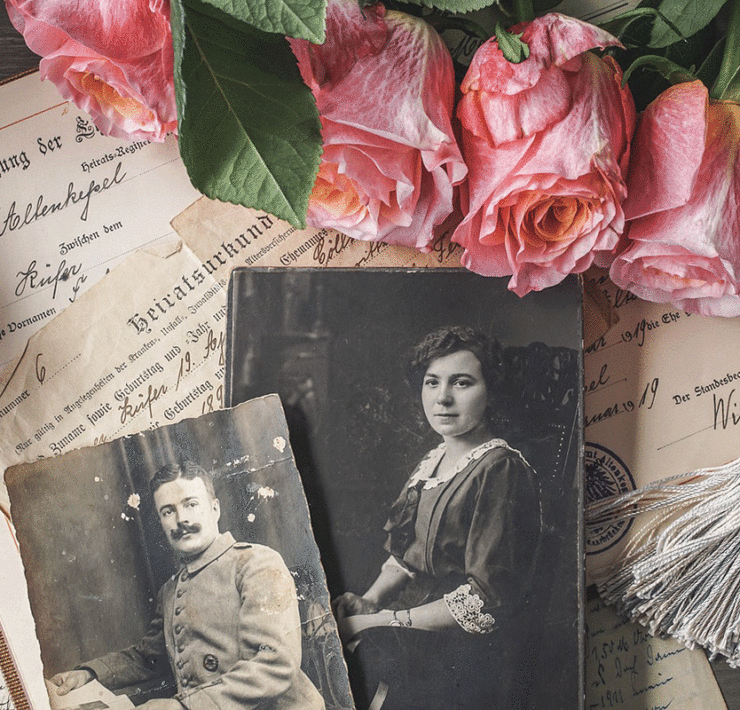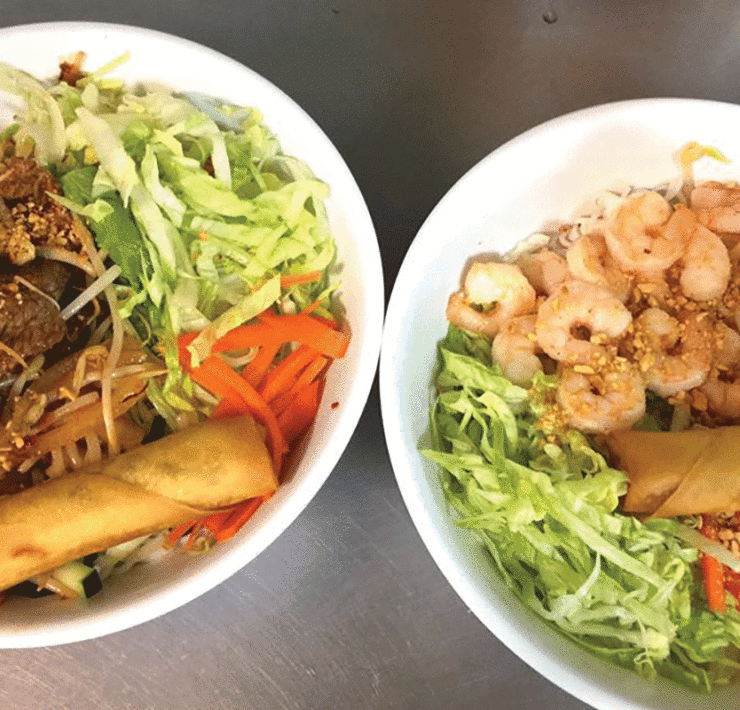Adventures in Science
- "Adventures in Science" originally appeared in the September 2024 "Education" issue of COMO Magazine.
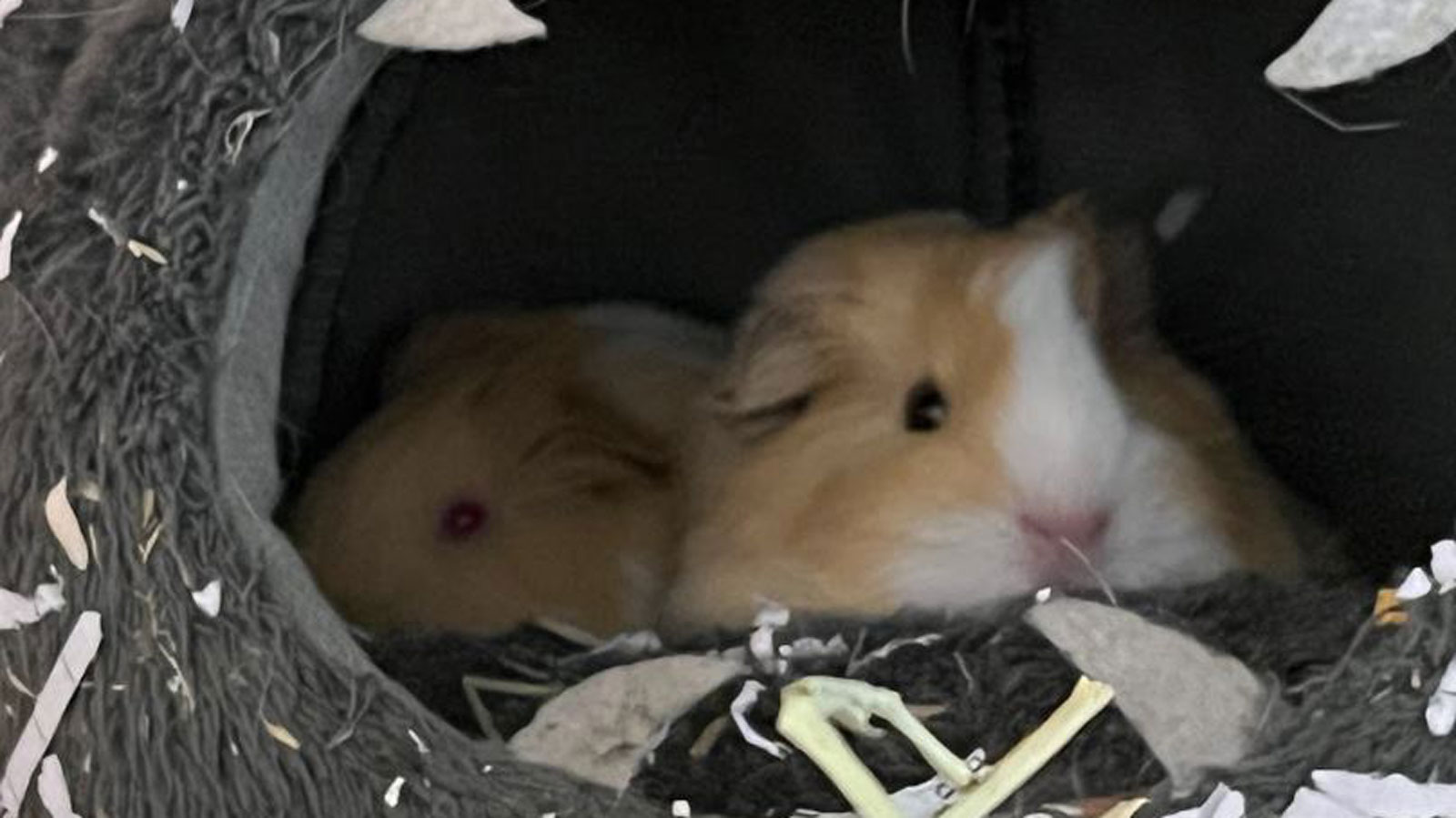
An inside look at the Jefferson Middle School Zoo.
While “adventure” gives off an Indiana Jones-type vibe — high energy, high danger — “science” conjures visions of a studious individual in a lab coat surrounded by Bunsen burners and test tubes.
Columbia’s Jefferson Middle School (JMS) has married these two apparent opposites and lined the halls of its science wing with a zoo. Before your imagination takes you off to a Jumanji-esque scenario with animals stampeding through the halls, these animals are in cages and aquariums. At least, that’s where they are until the students arrive.
From Baby Chicks to A Zoo
Mike and Jen Szydlowski, science teachers at JMS, like many science teachers, brought in eggs and an incubator. When they observed their students with the eggs, the idea of a zoo hatched, along with the chicks.
Catherine Sadowski, a JMS science teacher who partners with Jen Szydlowski, says, “They [the Szydlowski’s] did the research and realized that having animals in the school is a really good way for students to learn how to care for things.”
A Day in the Life
A guinea pig in the JMS Zoo might wake from a pleasant night’s sleep, blink its blurry little eyes, and hear the first of many of that day’s footsteps. This early hour is full — so many little humans want to hold it and start their day with a furry cuddle. After this early morning rush comes a lull until animal science class.
This is party time when the animals get a lot of love.
“(The students) will pet them and bring them hay. They’ll feed them produce on their desk,” Sadowski said. “The animals are just kind of chill. They’ll wear the snakes as little crowns, put them around their necks as necklaces, and they’ll wrap them around their wrist and carry it as a purse. They’ll stick them in their pockets, and (the snakes) crawl into the girls’ hair.”
The Zookeepers
To become one of the four zookeepers, a student must apply and receive recommendations from other teachers. Sadowski explained, “We look at all that information and determine who would be a best fit.”
A zookeeper immediately sets to work when animal science class begins. Two are responsible for preparing the animals’ food. The other two are “in the zoo” to direct their classmates in feeding the animals, cleaning cages, shredding paper (for the bird, hamster, and guinea pigs), watering plants, sweeping, and even cleaning walls.
“They love doing it because it’s all part of the zoo,” Sadowski added. “They’re phenomenal.”
An Unexpected Benefit
What has become evident is that these animals do more than teach responsibility. They also melt social barriers.
“It’s amazing, though, the way that they interact with each other,” Sadowski said. “Groups of friends that wouldn’t normally interact with each other find a connection with each other through the animals. It’s hard to explain. It’s so peaceful. Eighth graders teach the sixth graders in a way that they would never do outside the hallway. When they have an animal in their hands, it’s just a whole different level of maturity.”
The Future
According to the Missouri Department of Conservation, Missouri is home to a wide variety of fauna, and the JMS Zoo has but a fraction of these natives. Sadowski hopes to change that.
“We want to do more place-based animals,” she explains. “Every year we think about different animals but definitely want to incorporate Missouri natives.”
Most of the animals go home with students during summer break, but with the start of a new school year comes a new adventure — for animals and humans alike.
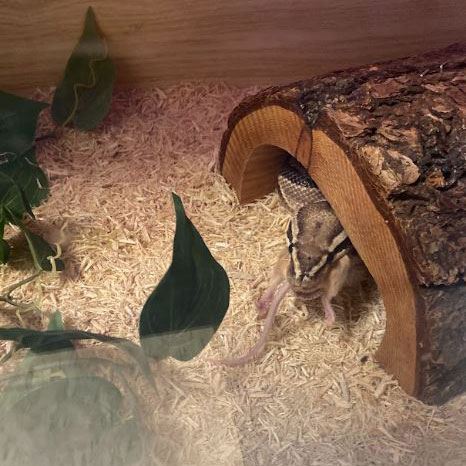
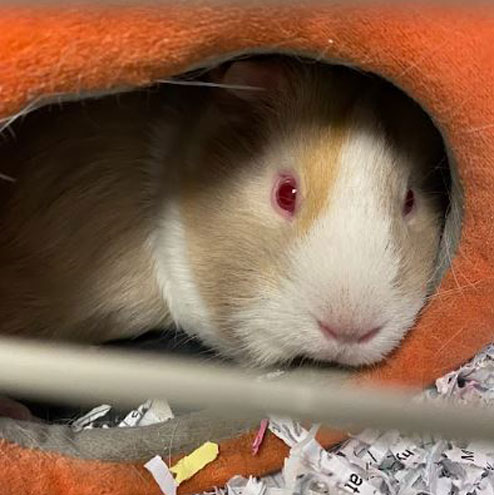
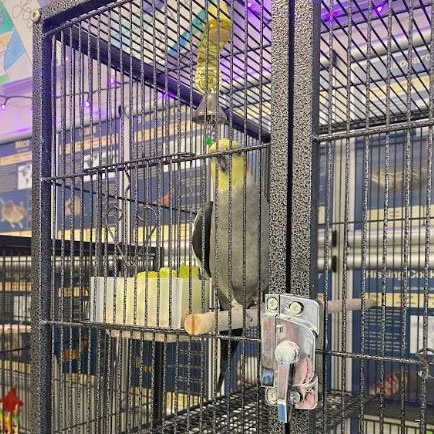
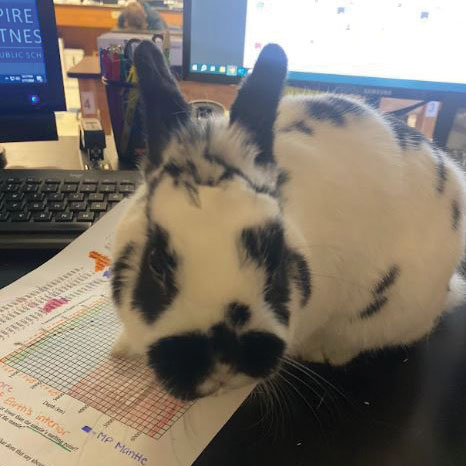

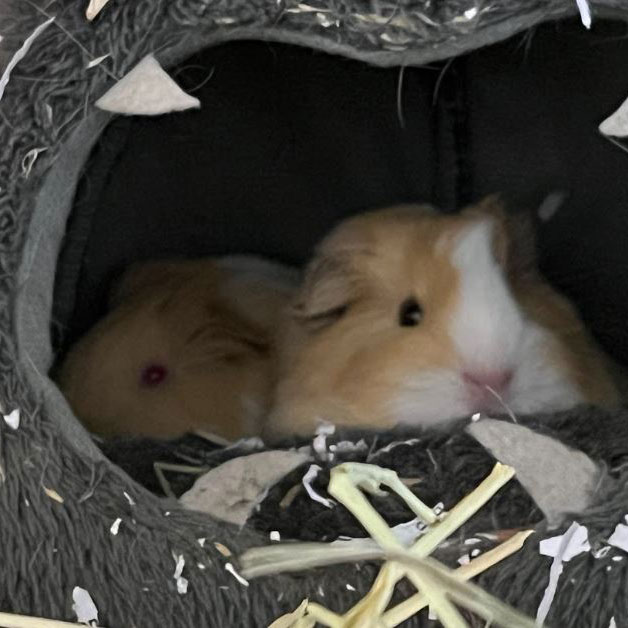
FUN FACTS
Animal Species in Missouri
Aquatic Invertebrates (>1,000)
Amphibians (43)
Birds (390)
Butterflies/Moths (561)
Fish (200)
Insects (1,337)
Reptiles (75)
Wild Mammals (70)
Did zoo know?
- The first zoo was in Hierakonpolis, Egypt,circa 3500 BCE.
- Philadelphia established the first zoo in the U.S. in 1874.
- The first zoo in Missouri was opened in 1910 in St. Louis.
- Today the St. Louis Zoo is home to more than 16,000 animals.
Sources: Missouri Department of Conservation; insectidentification.org



